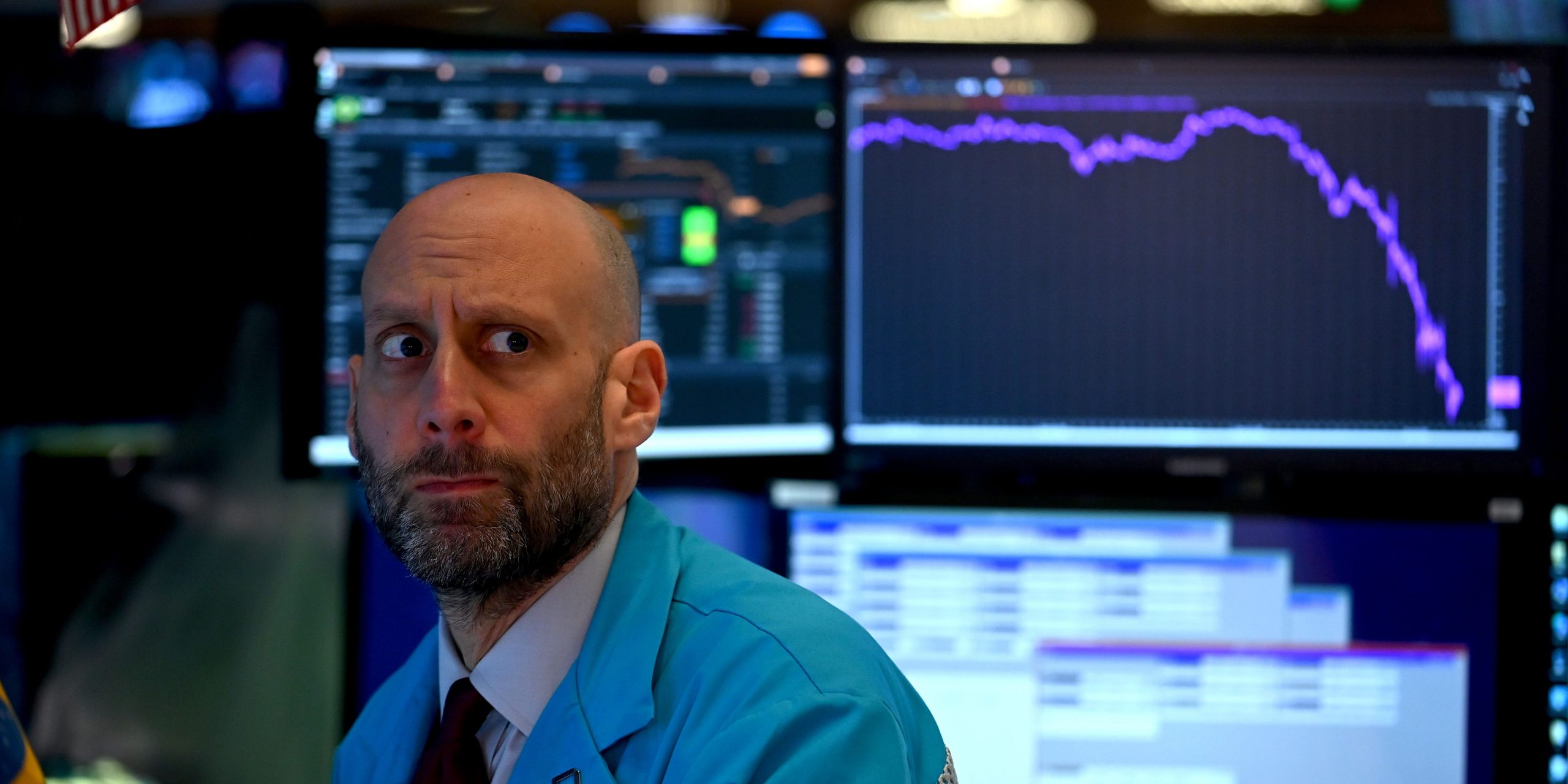
- The Cboe Volatility index – or VIX, commonly known as the stock market’s fear gauge – is the latest bubble to form, JPMorgan’s Marko Kolanovic said.
- The forward-looking gauge of expected price swings currently trades with an 18-point spread to S&P 500 realized volatility, a historically high reading.
- Precedent suggests the gap will lead to weaker volatility and rising stock prices, Kolanovic said.
- Sign up here for our daily newsletter, 10 Things Before the Opening Bell.
The latest bubble in the stock market isn’t a stock at all, but Wall Street’s favorite volatility metric, Marko Kolanovic, global head of macro quantitative and derivatives strategy at JPMorgan, said Wednesday.
Stocks’ climb to record highs earlier in February triggered speculation around whether some sectors had grown overstretched. Elation over tech stocks, SPACs, and cryptocurrencies all prompted calls that the market was rife with bubbles.
Such concerns are largely overblown, Kolanovic said in a note to clients. The FANG coalition – Facebook, Apple, Netflix, and Google-parent Alphabet – has mostly traded flat for six months despite recovery optimism. The energy and financial names that have ticked higher in recent sessions still trade well below record highs.
However, the Cboe Volatility Index – or VIX, which is a reading of 30-day expected stock volatility – sits squarely in bubble territory, the quant expert said. The index provides an implied reading of future S&P 500 price swings calculated from options contracts. Yet the VIX is now decoupled from S&P 500’s underlying volatility, “indicating a bubble of fear and demand from investors looking to hedge or profit” from a potential sell-off, Kolanovic said.
The so-called fear gauge currently trades at a roughly 18-point spread with S&P 500’s two-week realized volatility, according to JPMorgan. That gap is in the 99.6 percentile over the past three decades, implying a historic disconnect between the VIX and the volatility it’s meant to measure.
Such instances typically happen after massive shocks in the VIX and give way to a decline in volatility, Kolanovic said. Historical data also suggests the S&P 500 will rise as the volatility index course-corrects, he added.
JPMorgan recommended investors sell the "VIX bubble" until such a correction takes place. The potential for new fiscal stimulus and ultra-loose monetary conditions make for strong macro fundamentals, and falling daily case counts suggest the US can soon recover from the pandemic. Additionally, the rotation from growth to value stocks is keeping the correlation between stocks low. While some continue to warn of growing risk in the market, funds are piling into stocks as price swings moderate, Kolanovic said.
"Low volatility drives inflows, triggering a positive feedback loop of a rising market and declining volatility," he added.
